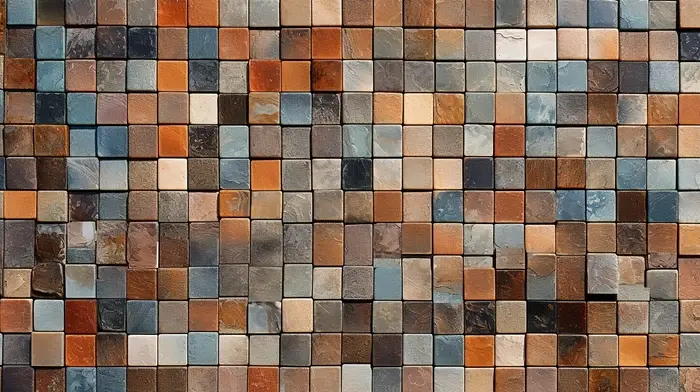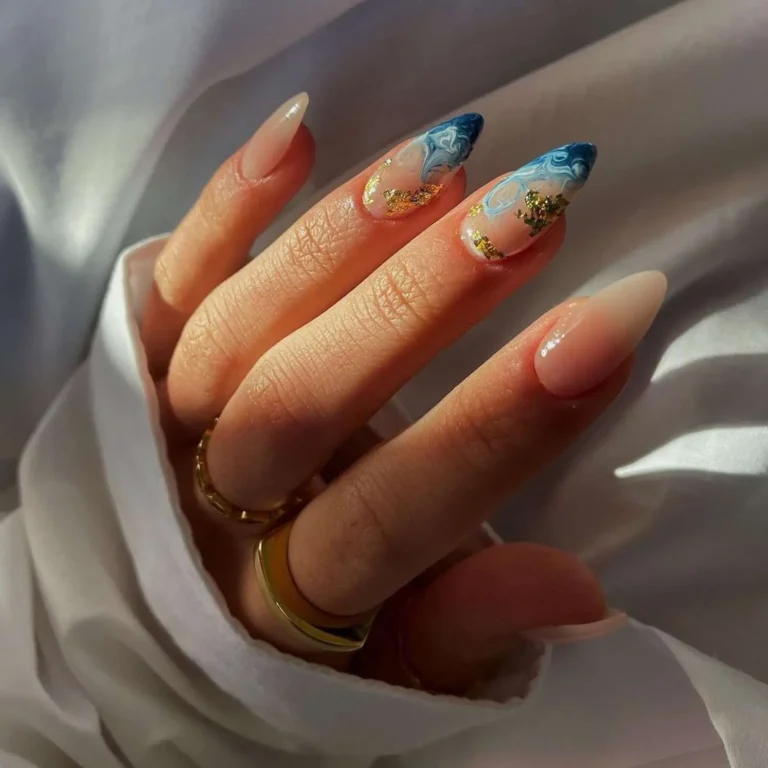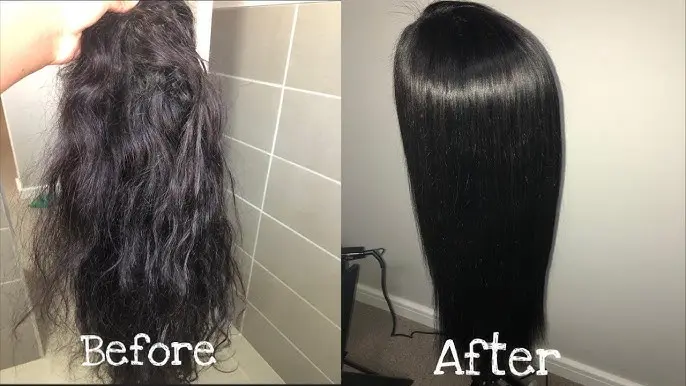A Beginner’s Guide to Starting a Permanent Jewelry Business
Starting a permanent jewelry business can be an exciting and profitable venture, especially with the growing demand for personalized, long-lasting jewelry. Permanent jewelry refers to pieces that are designed to be worn indefinitely without needing removal, such as welded bracelets or anklets. These are often seen as symbols of relationships, commitments, or simply a love for unique, durable accessories. If you’re passionate about jewelry and want to build a lasting brand, this guide will walk you through the steps to get started.
Step 1: Research the Market
Before diving in, it’s important to research the jewelry market and understand the demand for permanent jewelry. Explore current trends and customer preferences. Focus on what styles are gaining popularity and how other businesses are performing in this space.
Key Research Areas:
- Target Audience: Understand who is likely to buy permanent jewelry. This could be couples, friends, or even fashion-forward individuals looking for a unique style.
- Competitors: Check out existing permanent jewelry brands to identify their strengths and weaknesses. Learn what makes them successful or where they may lack.
- Trends: Keep an eye on current fashion and jewelry trends. Are minimalist designs popular? Is there a demand for personalized engraving? Understanding trends can guide your product offerings.
Step 2: Develop a Business Plan
A solid business plan will act as the foundation of your permanent jewelry business. This plan should outline your goals, financial projections, marketing strategies, and operational plans. Here are some critical components:
- Business Objectives: Clearly define what you want to achieve, whether it’s launching your brand, growing a customer base, or generating a specific revenue goal within a set timeframe.
- Products and Services: Detail the types of permanent jewelry you’ll offer. Will you specialize in bracelets, anklets, or necklaces? Do you plan to include customization options?
- Budget and Funding: Estimate the startup costs, such as materials, equipment (like welding machines for creating permanent jewelry), and marketing expenses. If you need funding, consider small business loans or investors.
- Marketing Strategy: Outline how you’ll attract customers. Will you focus on online sales, social media marketing, or local pop-up events? Consider how you’ll create brand awareness.
Step 3: Get the Right Equipment and Materials
To create permanent jewelry, you’ll need specialized equipment such as a micro-welding machine. These machines are used to weld the jewelry in place, creating a seamless, permanent connection. You’ll also need high-quality materials for your jewelry, like gold, silver, or stainless steel.
Essential Equipment:
- Welding Machine: This is a critical tool for a permanent jewelry business. The machine allows you to weld the ends of the jewelry pieces together without clasps.
- Jewelry Making Tools: These include pliers, hammers, wire cutters, and polishing equipment for crafting and finishing pieces.
- Safety Gear: Since welding is involved, you’ll need safety glasses and gloves to protect yourself while working.
Materials to Consider:
- Precious Metals: Gold, silver, and platinum are popular for permanent jewelry. They are durable and maintain their beauty over time.
- Chains and Links: Choose quality chains and links to create the jewelry. Ensure they’re durable and won’t break easily over time.
- Customization Materials: Offer options like engravings, charms, or stones to make your pieces unique and personalized.
Step 4: Design Your Jewelry Collection
Once you have your materials and equipment, it’s time to start designing your collection. Your designs should reflect the brand’s identity and resonate with your target audience.
Things to Keep in Mind:
- Uniqueness: Offer something different from competitors. Whether it’s personalized charms, unique designs, or meaningful symbols, find a way to stand out.
- Quality: Permanent jewelry is meant to last, so prioritize the durability and quality of your materials and craftsmanship.
- Versatility: Ensure your designs are versatile enough to appeal to a wide range of customers. For example, minimalist pieces might work for daily wear, while more intricate designs can be marketed as statement pieces.
Step 5: Register Your Business and Get Licenses
Like any business, starting a permanent jewelry company requires legal steps to ensure you’re compliant with local regulations.
Steps to Take:
- Register Your Business Name: Choose a unique, memorable name that aligns with your brand identity. Once you have a name, register it with the local authorities or online.
- Obtain a Business License: Depending on your location, you may need a business license to operate legally. Check with your local government to find out what’s required.
- Get Tax IDs: Apply for an Employer Identification Number (EIN) from the IRS, which allows you to pay business taxes. You may also need a state tax ID.
- Zoning and Permits: If you’re setting up a physical workshop, check for any zoning restrictions or permits needed to run a jewelry-making business from your location.
Step 6: Create an Online Presence
In today’s digital world, an online presence is crucial for attracting customers and building brand awareness. Having an easy-to-navigate, visually appealing website is essential for showcasing your products and making sales.
Website Essentials:
- E-commerce Functionality: Set up an online store where customers can view your products, place orders, and make payments securely.
- High-Quality Images: Invest in professional photography to showcase your jewelry pieces. Clear, attractive images can help convince customers to buy.
- Brand Story: Share the inspiration behind your business. Tell your brand’s story to connect with customers on a deeper level.
- Customer Reviews and Testimonials: Include reviews and feedback from satisfied customers to build trust and credibility.
Social Media Marketing:
- Instagram and Pinterest: These platforms are perfect for visually-driven products like jewelry. Share high-quality images of your designs, behind-the-scenes content, and customer photos.
- Facebook and TikTok: Use these platforms to run ads, share tutorials, and build a community around your brand.
Step 7: Launch and Promote Your Permanent Jewelry Business
Once everything is in place, it’s time to officially launch your business. Make your launch exciting by offering promotions, giveaways, or special deals.
Launch Event Ideas:
- Pop-Up Shops: Host a pop-up shop in collaboration with local boutiques or craft fairs to introduce your jewelry to the community.
- Online Contests: Run an Instagram or Facebook contest where participants can win a free piece of jewelry by sharing your page or tagging friends.
- Influencer Collaborations: Partner with influencers who resonate with your target market. They can promote your jewelry to their followers, increasing your visibility.
Long-Term Marketing Strategies:
- Email Marketing: Create a mailing list to keep customers informed about new collections, discounts, or events.
- Loyalty Programs: Offer discounts or rewards to repeat customers to keep them coming back.
- Paid Ads: Use Facebook and Instagram ads to reach a broader audience. You can target specific demographics, like age, location, and interests, to ensure your ads reach the right people.
Step 8: Provide Excellent Customer Service
Customer service is key to any business’s success, especially in the jewelry industry, where word-of-mouth and reviews are powerful. Make sure you’re providing excellent support throughout the buying process.
Tips for Great Customer Service:
- Respond Quickly: Answer customer inquiries and concerns as quickly as possible, whether through social media, email, or phone.
- Offer Repairs and Adjustments: Since permanent jewelry is meant to last, offer repair or adjustment services to maintain your pieces.
- Return Policy: Have a clear return policy in place for customers who might need exchanges or refunds.
Step 9: Keep Innovating and Expanding
The jewelry industry is always evolving, and so should your business. Stay up-to-date on the latest trends and continually offer fresh designs or services to keep customers engaged. You can also consider expanding your product line by offering matching sets, seasonal collections, or even branching into other forms of jewelry like rings or earrings.
Conclusion
Starting a permanent jewelry business requires careful planning, a passion for craftsmanship, and a strong understanding of the market. By following these steps—from researching the industry to creating unique designs and establishing an online presence—you can set your business up for long-term success. With high-quality materials, excellent customer service, and innovative marketing strategies, your permanent jewelry brand can stand out and attract loyal customers.






